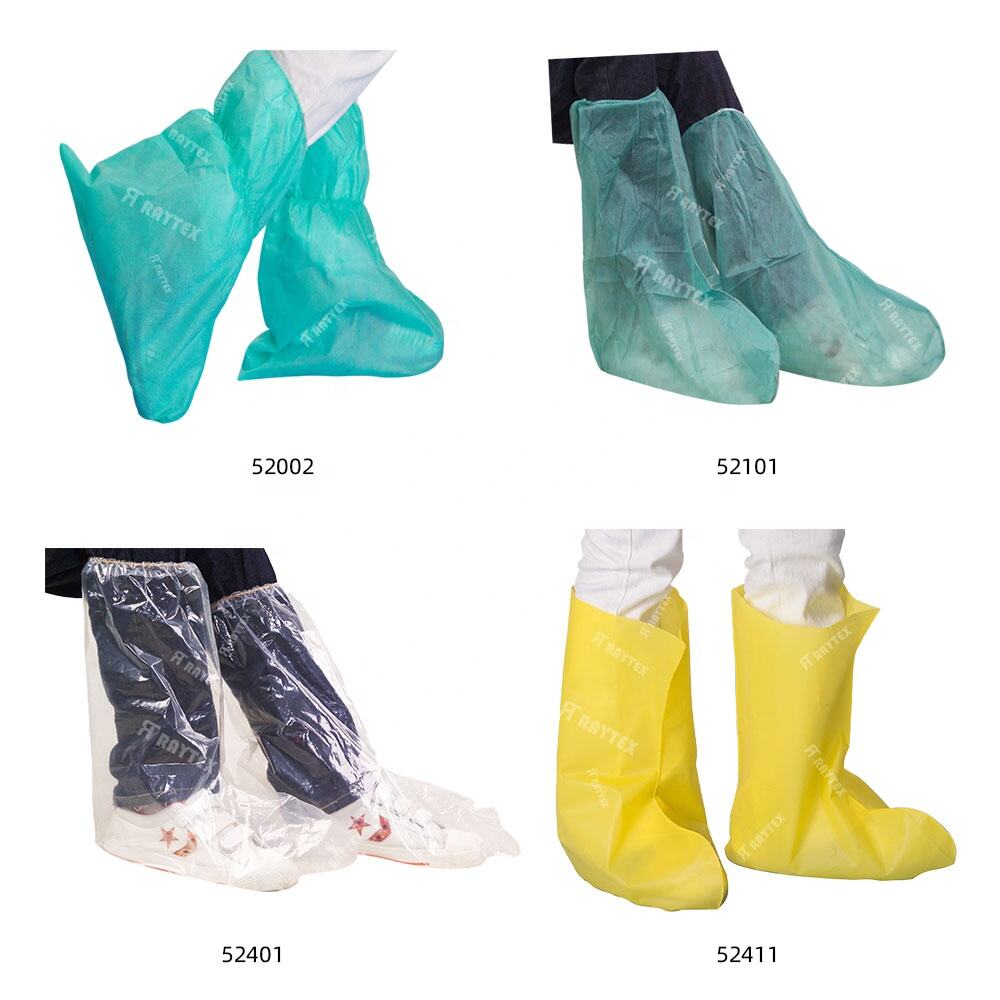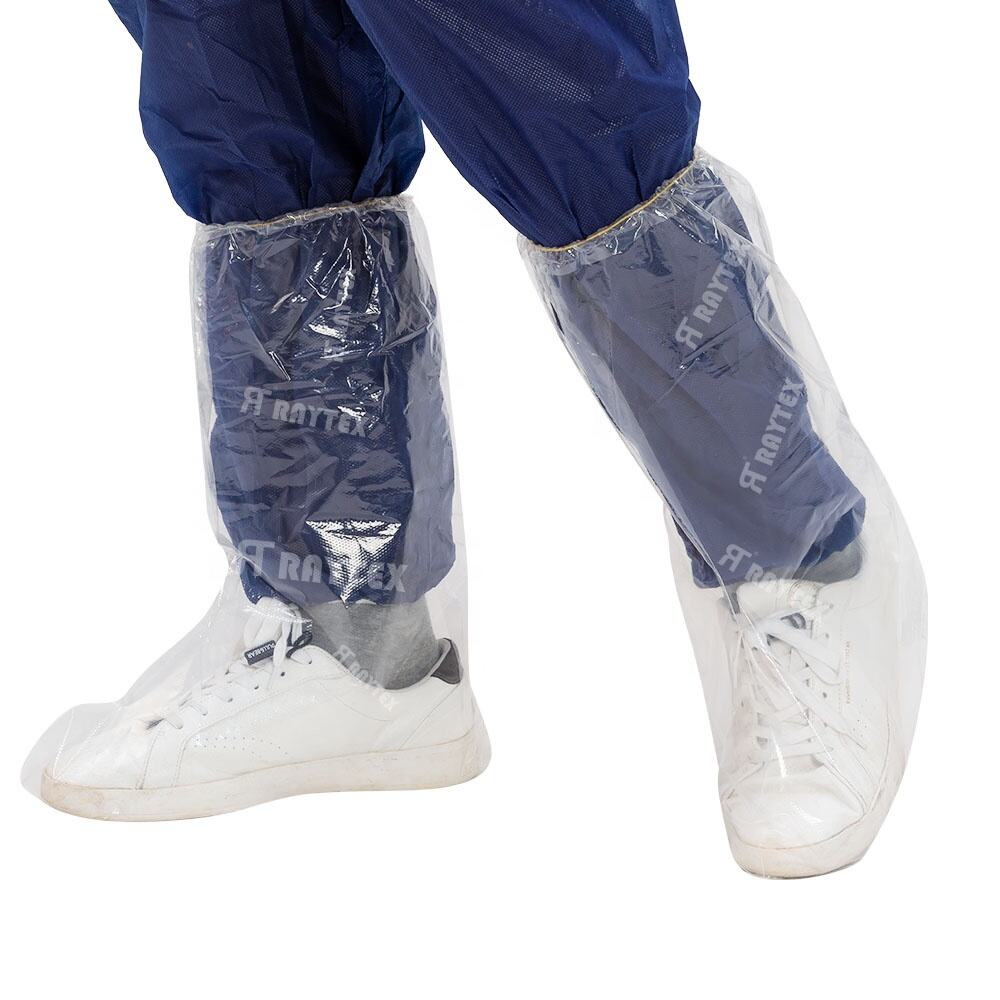Boot covers for environmental monitoring in wetlands are specialized protective accessories designed to shield both workers and the fragile wetland ecosystem during field research, sampling, and data collection activities. These covers serve a dual purpose: protecting workers from exposure to waterborne pathogens, toxic substances (e.g., pesticides, heavy metals), and sharp debris (e.g., rocks, roots), while preventing the introduction of invasive species, contaminants, or foreign matter that could disrupt the wetland’s ecological balance. Constructed from durable, waterproof materials such as PVC-coated nylon or thermoplastic elastomers (TPE), they provide a reliable barrier against water, mud, and organic matter, ensuring workers’ footwear remains dry and clean during wading or traversing saturated terrain. The material is flexible enough to allow movement in uneven, muddy conditions while resisting punctures from sharp objects like broken branches or shell fragments. Design features include a high-top style that extends above the ankle or calf to prevent water and mud from seeping in, with a secure elastic closure at the top and a non-slip sole to enhance traction on slippery surfaces—critical for avoiding falls in muddy or submerged areas. Many boot covers also feature reinforced toe and heel sections to withstand abrasion from rough terrain, extending their lifespan during repeated field use. For ecological protection, disposable variants are often used to prevent cross-contamination between different wetland sites, ensuring that seeds, microbes, or pollutants from one area are not transferred to another—a key practice in preserving biodiversity and complying with environmental regulations. Reusable covers are designed for thorough decontamination, with materials that withstand cleaning with disinfectants or high-pressure washing to remove soil and organic residues. Compliance with environmental protection standards, such as those set by the EPA or IUCN, ensures these covers minimize ecological impact while providing adequate worker protection. Additionally, they are lightweight and portable, easy to pack for remote fieldwork, and often color-coded for site-specific use to track contamination risks. By using these boot covers, environmental monitoring teams uphold both worker safety and ecological stewardship, enabling accurate data collection without compromising the very ecosystems they seek to protect.


